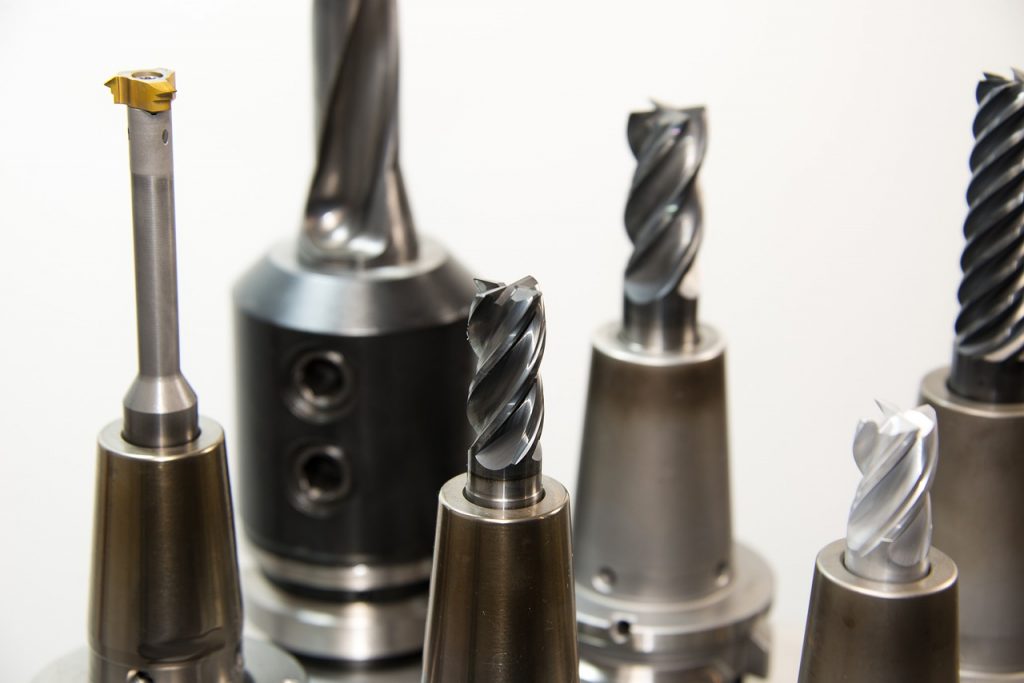Numerically controlled (CNC) machines have revolutionized the woodworking industry by enabling faster and more precise production. However, to fully harness the potential of these machines, it is essential to adopt the right software for CNC wood programming. In this article, we will examine the advantages that this combination offers to woodworking businesses, along with best practices and common mistakes to avoid.
Complete Process Integration
CNC wood programming involves multiple steps, from design to production. The first common mistake to avoid is assuming that a single software program can handle everything—from design to automatic machine code generation. In reality, this process requires a multi-step approach, with dedicated software for each phase.
The design stage
The first step is to design furniture using either CAD (Computer-Aided Design) software or parametric modeling software. CAD software offers high design flexibility, while parametric software enables fast and error-free design adjustments.

Generating production data
Once the design is complete, the CNC furniture software must generate detailed data for each piece, including dimensions and machining details for hardware fittings. 2D DXF files are commonly used at this stage, and it is crucial that your furniture software correctly generates them.
Converting to machine code
Finally, production data must be converted into machine-readable code for the CNC. This is where CAM (Computer-Aided Manufacturing) software plays a crucial role. It automatically generates machine code based on the provided data.
Advantages of CNC Software
A well-chosen CNC furniture software provides multiple advantages:
- Toolpath Automation: Automates toolpaths, optimizing the machining process and reducing errors.
- 100% Precision in Production: Ensures that machined parts are highly accurate, allowing for seamless assembly.
- Speed and Efficiency: Significantly reduces production time, boosting operational efficiency.
Top CNC Software options for furniture design
Some of the best CNC furniture software options include:
- PolyBoard: Offers complete integration, generating 2D DXF files with layers and native formats for various machines. It also provides automatic toolpath application.
- Cabinet Vision: Although complex to learn, this software is highly powerful with add-on modules for CNC production.
- SketchUp: A flexible design tool but requires additional plugins for CNC compatibility.
- CNC Manufacturer-Specific Software: Some CNC machine brands offer their own design software, but these may not be as comprehensive as independent solutions.
Cutting and nesting optimization
CNC Wood Programming: The Undisputed Advantage for Businesses
Numerically controlled (CNC) machines have revolutionized the woodworking industry, enabling faster and more precise production. However, to fully harness the potential of these machines, it is essential to adopt the right software for CNC wood programming.
In this article, we will explore the benefits this combination offers to woodworking businesses, along with best practicesand common mistakes to avoid.
Complete process integration
CNC wood programming involves multiple stages, from design to final production.
One of the most common mistakes is assuming that a single software can handle everything from design to automatic machine code generation. In reality, a step-by-step approach is required, using specialized software at each phase.
The Design Stage
The first step is to design furniture using either CAD (Computer-Aided Design) software or parametric modeling software.
Parametric modeling software enables faster, error-free design adjustments.
CAD software provides high design flexibility.
Generating Production Data
Once the design is finalized, CNC furniture software must generate detailed specifications for each piece, including dimensions and machining details for fittings and joints.
The 2D DXF file format is commonly used for this stage, and ensuring correct file generation is crucial for smooth production.

Converting to Machine Code
Production data must then be converted into CNC-compatible machine code. This is where CAM (Computer-Aided Manufacturing) software comes into play, automatically generating precise machine instructions.
Advantages of CNC Software for Furniture Design
A well-optimized CNC furniture software provides several key advantages:
- Automated Toolpath Optimization → Reduces machining errors and enhances efficiency.100%
- Precision in Production → Ensures perfectly machined pieces for seamless assembly.Faster
- Production Time → Streamlines workflow, increasing productivity.
Top CNC Software Solutions for Furniture Design
Some of the best CNC furniture software options include:
- PolyBoard → Fully integrated, generating 2D DXF files with layers and native formats for different CNC machines. It also offers automatic toolpath generation.
- Cabinet Vision → Complex to learn but highly powerful, featuring advanced CNC production modules.
- SketchUp → A versatile design tool, but requires plugins for CNC compatibility.
- Manufacturer-Specific CNC Software → Some CNC brands offer proprietary design software, but these may not be as comprehensive as independent solutions.
Cutting and Nesting Optimization
In conclusion, combining CNC wood programming with high-quality furniture software is essential for boosting productivity and accuracy in the woodworking industry.
If you want to maximize the benefits of this technology, contact the TC2 France team for expert advice and tailored solutions.
CNC woodworking is a valuable investment, and the right software is key to unlocking its full potential.

